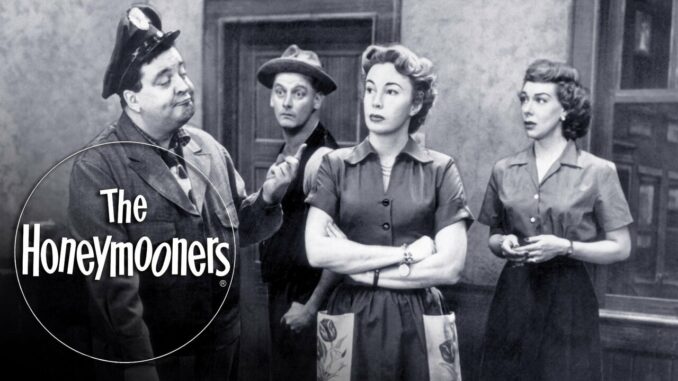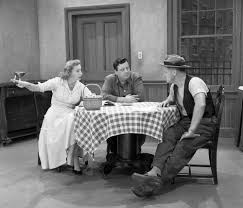

Hey, have you seen that show where the main character is a short-tempered, “Every Man,” blue-collar worker, with a beautiful wife or supportive husband, sometimes with a not-so-bright best friend, and they come up with crazy ideas to better their lot in life, ideas which rarely work and are never brought up again? Of course, you have. It’s practically every sitcom you’ve ever watched in your entire life. Married… With Children. The Flintstones. The Simpsons. The King of Queens. And so on and so on and so on. And it all started with The Honeymooners, the classic 1950s show that defined the working class sitcom.
In the 1950s, television shows like Leave it to Beaver and The Adventures of Ozzie and Harriett reflected a new, postwar reality: a more prosperous middle-class that saw families move out to the quiet, tree-lined homes in the suburbs. Yet there was still a large working class that lived on the edge of poverty, a group of people that longed to better their situation but were often stymied in their efforts. It was this group of people that Jackie Gleason wanted to see represented in The Honeymooners. In creating the show, which started off as a 10-minute sketch on his variety show Cavalcade of Stars, Gleason instructed his writers to “make it the way people live.”
“If it isn’t credible,” he said, “nobody’s going to laugh.” It was, in fact, personal for the star: Gleason’s boyhood was spent in Brooklyn, looking to escape near-poverty himself.
